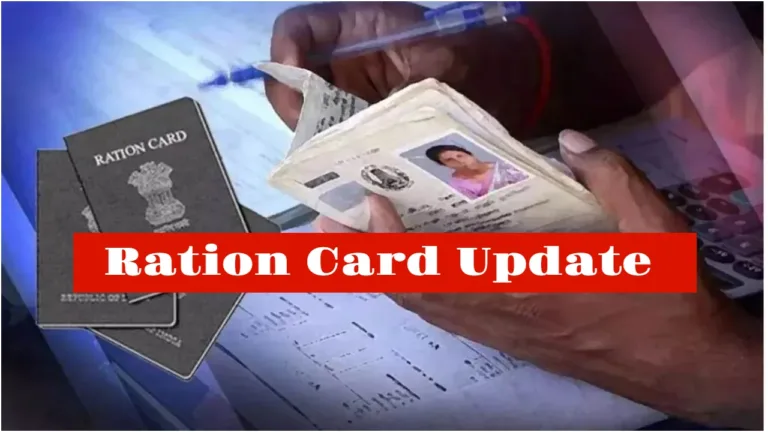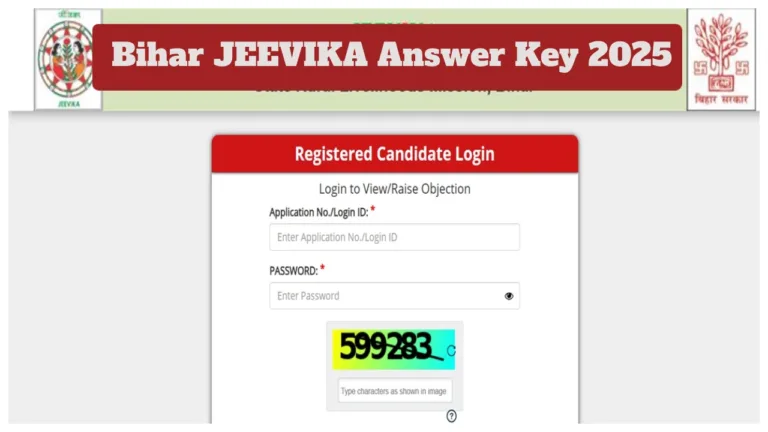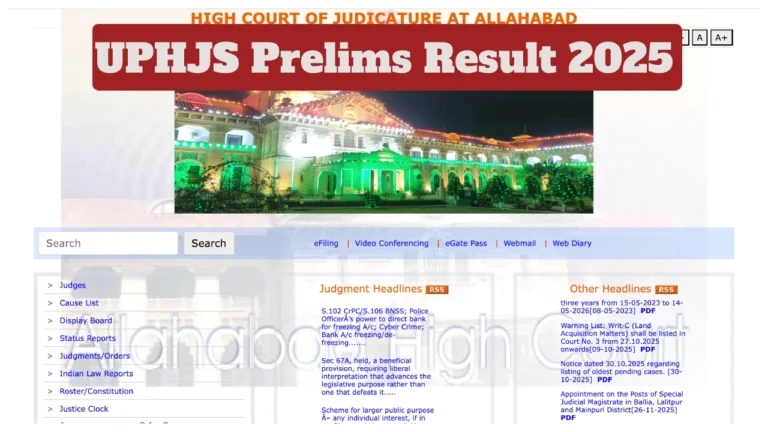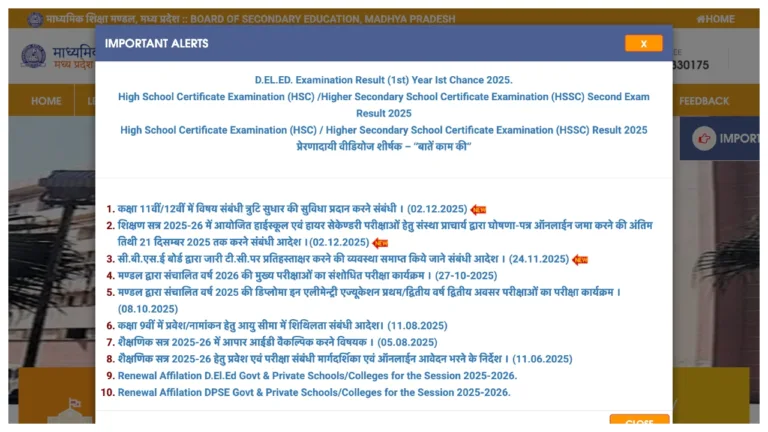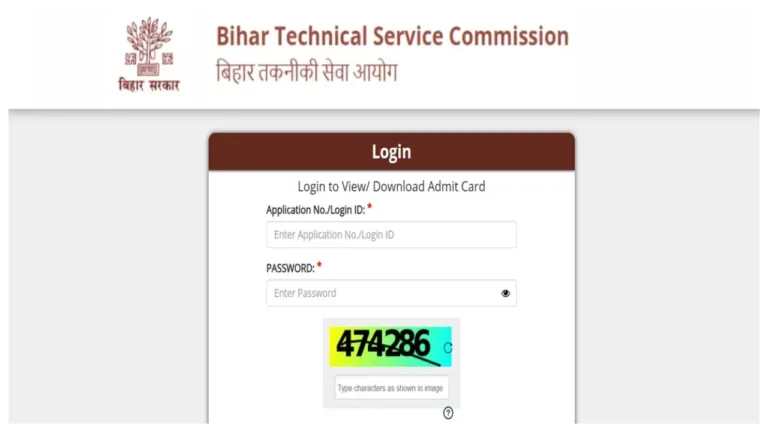The Employees’ Provident Fund Organisation (EPFO) runs the Employees’ Pension Scheme (EPS) for its members. Under this scheme, EPFO members get a monthly pension after working for a certain period, based on their total service and salary.
The Employees’ Pension Scheme (EPS) was started by EPFO on 16 November 1995. It replaced the earlier Employees’ Family Pension Scheme of 1971. However, there are some rules and conditions to get the benefits of this scheme. Let’s understand the complete process in a simple way.
Pension is Given After 10 Years of Service
EPS (Employees’ Pension Scheme) is a pension plan managed by EPFO. All existing and new EPF members are included in this scheme. To get the benefits, the employee must meet one main condition. According to EPFO rules, an employee becomes eligible for pension after completing 10 years of service. However, the pension is paid after the age of 58 years.
How is Money Deposited in the PF Account?
If you work in the private sector, 12% of your salary is added to your PF account. Your company also adds 12%, but only 3.67% goes into your PF, and 8.33% goes into the pension fund under EPS.
Will You Get a Pension If There Is a Job Gap?
Yes, even if there is a gap between jobs, you can still get a pension. The rule says that an employee must complete 10 years of total service. If the employee keeps the same UAN (Universal Account Number) during different jobs, then the total service years will be counted. So, if the UAN does not change, the pension benefit will still be available after 10 years of total work.
Take a Pension Scheme Certificate
If you leave your job before completing 10 years of service and plan to work again later, you should take a Pension Scheme Certificate. This certificate helps in linking your old pension account to a new job. When you join a new company, you can submit this certificate to continue your EPS benefit from where it was left.


